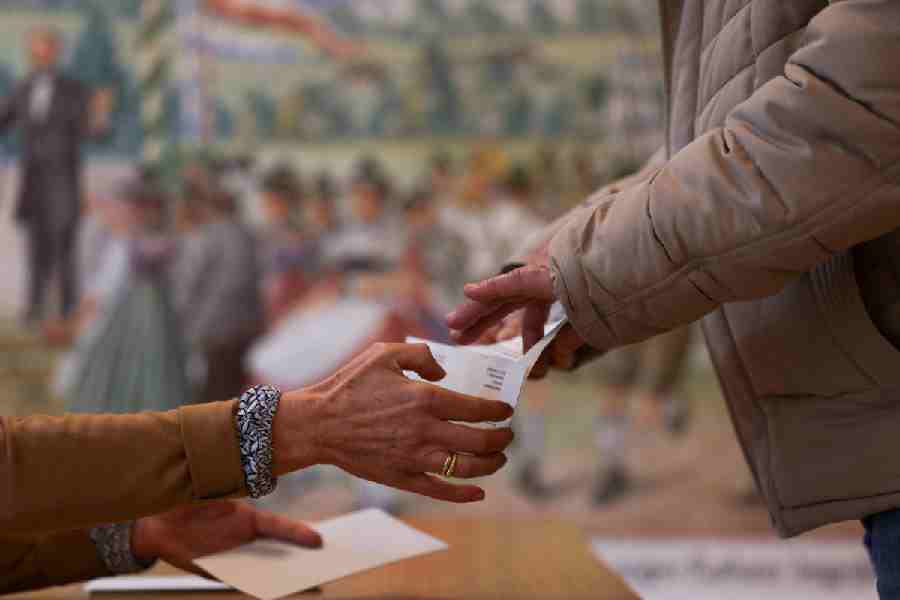 |
| Madhav Chari’s whirring tempo teased the melody cyclically |
There’s just one marked difference — his much honed skill apart — in the Madhav Chari of the early 90s to the one now: he has gone from being professor-like to downright professorial, a change that was immediately evidenced at his workshop-cum-solo piano performance at the GD Birla Sabhagar on August 23, under the aegis of World Space Radio. He didn’t quite speak through the microphone as he wielded it like a truncated rapier, being terse, interrogative and inundating the audience with a slew of fundamentals.
Music, he averred, was “structured sound vibrations”, enabling one to measure time, which, in turn, facilitated rhythm. He denounced the romance of improvisation, and called it with mathematical coldness “controlled chaos”. Citing the genius of one of his favourites — Charlie Parker — who took layering a melody to an art form, stretching it, infusing it with a rhythm, one though underplayed could still exude a sense of engaging restlessness. Chari’s flair for phraseology once again emerged as he declared that the Bird’s unique approach spawned “emotional kinetic energy”. And just prior to elating a small but enthusiastic crowd with his virtuoso, he debunked, with the spontaneous impatience of a disenchanted pedagogue, the ownership of interpretation because one can only build on something that is already there, punctuating his opinion with a few tautological treats like “rational logic” and “return back”.
And then he proceeded to do what he does much better than what he had been doing — namely, striking the ivory. Choosing a Brazilian piece, Journey, Chari didn’t wait too long to demonstrate his much-feted theory of “rhythmic propulsion”, as his left hand, deft and solid, soldiered a whirring tempo which succeeded in teasing the melody cyclically. George Gershwin’s Embraceable you bespoke his interpretative prowess, where the melody found precedence in an exercise of excessive stridence.
Thelonius Monk’s Reflection happily eluded the instructional side of Chari, as he tugged at the inherent introspectiveness via some delicate phrasing complemented by leaps in energy.
Chari has many convictions. The indispensability of a “cultural context” in order to appreciate, flay or create something, being on of them. One that was starkly evident as he embarked on one of his original compositions, Tango sentimental, where a soft and sensual rhythm clearly genuflected before a rich and intense melody. Eventually, it indeed took two to tango — Chari’s immense talent and his zesty espousal of his craft. Both factors came to the fore again when he treated Autumn leaves with dollops of individuality, liberally slicing the melody, yet maintaining an overall restraint, in an expression which courted the unusually incantatory.
In a jazz concert that spans upwards of two hours, it is tough to eschew Duke Ellington. Chari, having chosen one of the leviathan’s most treasured standards, Things ain’t what they used to be, greeted the piece with a battery of voluble, well-rounded strains. Further gratifying was the fact that Chari managed to extract this galloping theatre of notes from a pedestrian electric piano, leaving the rapt audience to guess the kind of magic he could have created with a stately ivory-laden Steinway. But then, things ain’t what they used to be…photographySujoy Das










